- Home
- Features
- Movies/Media
- Collectibles
- Comics/Books
-
Databases
-
Figure Database
>
-
X-Plus Toho/Daiei/Other
>
- X-Plus 30 cm Godzilla/Toho Part One
- X-Plus 30 cm Godzilla/Toho Part Two
- X-Plus Large Monster Series Godzilla/Toho Part One
- X-Plus Large Monster Series Godzilla/Toho Part Two
- X-Plus Godzilla/Toho Pre-2007
- X-Plus Godzilla/Toho Gigantic Series
- X-Plus Daiei/Pacific Rim/Other
- X-Plus Daiei/Other Pre-2009
- X-Plus Toho/Daiei DefoReal/More Part One
- X-Plus Toho/Daiei DefoReal/More Part Two
- X-Plus Godzilla/Toho Other Figure Lines
- X-Plus Classic Creatures & More
- Star Ace/X-Plus Classic Creatures & More
-
X-Plus Ultraman
>
- X-Plus Ultraman Pre-2012 Part One
- X-Plus Ultraman Pre-2012 Part Two
- X-Plus Ultraman 2012 - 2013
- X-Plus Ultraman 2014 - 2015
- X-Plus Ultraman 2016 - 2017
- X-Plus Ultraman 2018 - 2019
- X-Plus Ultraman 2020 - 2021
- X-Plus Ultraman 2022 - 2023
- X-Plus Ultraman Gigantics/DefoReals
- X-Plus Ultraman RMC
- X-Plus Ultraman RMC Plus
- X-Plus Ultraman Other Figure Lines
- X-Plus Tokusatsu
- Bandai/Tamashii >
- Banpresto
- NECA >
- Medicom Toys >
- Kaiyodo/Revoltech
- Diamond Select Toys
- Funko/Jakks/Others
- Playmates Toys
- Art Spirits
- Mezco Toyz
-
X-Plus Toho/Daiei/Other
>
- Movie Database >
- Comic/Book Database >
-
Figure Database
>
- Marketplace
- Kaiju Addicts
|
Godzilla vs. Gigan, released in Japan as Chikyū Kogeki Meirei: Godzilla tai Gigan (地球攻撃命令 ゴジラ対ガイガン, lit. "Earth Destruction Directive: Godzilla vs. Gigan"), is a 1972 Japanese Science Fiction Kaiju film produced by Toho. Directed by Jun Fukuda with special effects by Teruyoshi Nakano, the film starred Hiroshi Ishikawa, Yuriko Hishimi and Minoru Takashima. The 12th film of the Godzilla series, this film featured the return of Godzilla's greatest foe King Ghidorah. Producer Tomoyuki Tanaka was displeased with the previous film, Godzilla vs Hedorah, and wanted to return the series to the more traditional route of well known monsters and an alien invasion plot. This was the last film in which Godzilla was portrayed by Haruo Nakajima who had played the character since the first film in 1954. The film received a limited theatrical release in the United States in 1978 by Cinema Shares as Godzilla on Monster Island. 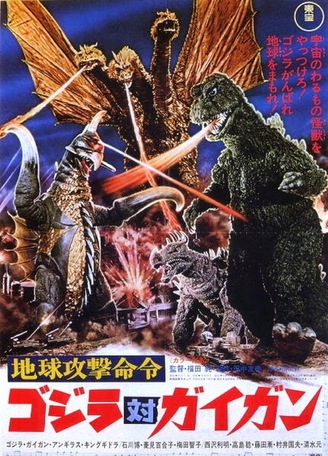 Plot Giant insectoid aliens from a dying planet in "Space Hunter Nebula-M" plot to colonize the Earth. The aliens assume the forms of dead humans and work as the development staff of the peace-themed theme park, World Children's Land, the centerpiece of which is "Godzilla Tower". The Nebula-M aliens plan to use the space monsters Gigan and King Ghidorah, guided by two "Action Signal Tapes," to wipe out human civilization. Manga artist Gengo Kotaka stumbles onto their plan after being hired as a concept artist for the park. When Gengo and his friends accidentally obtain one of the Action Signal Tapes and play it, Godzilla and Anguirus hear the signal and realize something is amiss. Godzilla sends Anguirus to investigate. When Anguirus approaches Tokyo, the Japan Self Defense Forces, misunderstanding the monster's intentions, drives him away. Anguirus reports back to Monster Island, and Godzilla follows him back to Japan to save the Earth from Gigan and King Ghidorah. The aliens attempt to kill Godzilla with a lethal laser cannon hidden inside Godzilla Tower, but Gengo and his companions destroy the tower along with the aliens. After a lengthy fight, Godzilla and Anguirus force Gigan and King Ghidorah back into space and then Godzilla and Anguirus swim back to Monster Island, but not before Godzilla turns around and gives a roar of triumph, thanking to his friends. Cast
Production After attempts to make another Hedorah movie failed, Toho begun work on a very different project with Godzilla vs. the Space Monsters: Earth Defense Directive. The script called for a total of six monsters, including the creation of three new kaiju: Gigan, Megalon, and Majin Tuol(a giant Daimajin like statue). The film was not to be though, and the idea was reworked into The Return of King Ghidorah, before that project was canned as well. Although this particular film idea was scrapped, elements from it would be used in later Toho films, as Gigan and the Godzilla Tower would appear in this finished product as well as its sequel (Gigan has also become a staple in the video games, and re-appeared in 2004's Godzilla: Final Wars), and Megalon would go on to star in that sequel entitled Godzilla vs. Megalon (1973). The Return of King Ghidorah was to be a more extravagant version of what would ultimately become Godzilla vs. Gigan (1972). Despite the similar plot to what the movie became, the original concept had a rather large monster cast. On the alien side, King Ghidorah was touted as the project's character to beat, unlike the final draft which placed greater focus on Gigan. The cyborg monster was also fairly different at this stage, still having a scythe-like hand, but also a spiked ball and chain on the other. They were to work alongside another new monster called Mogu, a flying beast that could fire an oral weapon from its maw. 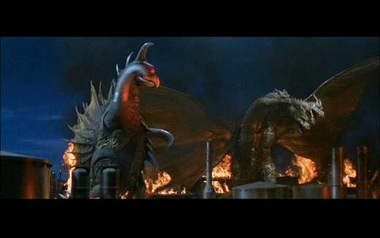 On Earth's side, Godzilla, Rodan and Varan were to face off against the invaders. All three monsters had helmed their own films, while Godzilla and Rodan's marquee value was already well known. Unfortunately, the project's budget was ultimately far too modest for the idea's in this early script. At the minimum, it would have required three new suits in the form of Gigan, Mogu and Varan, the latter of which only had a small prop used for it in Destroy All Monsters (1968) since the original suit was heavily modified beyond recognition when it was loaned for filming of the Ultraman TV series. Taking the budget under consideration, Mogu was dropped while Rodan and Varan were replaced by Anguirus, to take advantage of the new suit that had been created in 1968 for the monster. King Ghidorah's name was dropped from the title, and the film became Earth Destruction Directive: Godzilla vs. Gigan. Box Office In Japan, the film sold approximately 1,780,000 tickets. 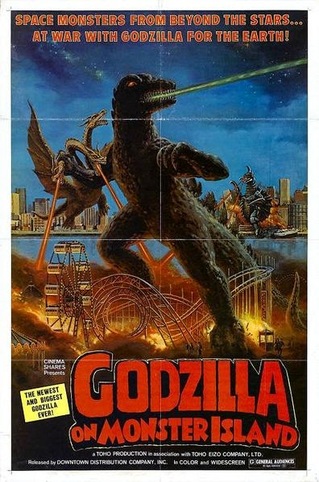 English Version In 1978, Cinema Shares, the company responsible for the North American distribution of the released of slightly cut version of the international version of Godzilla vs. Gigan in North America. This version was re-titled Godzilla on Monster Island despite the fact that about a minute of the film actually takes place on Monster Island. Very few edits were made, although Cinema Shares made several cuts to obtain a G-rating from the MPAA: The title card reads "GODZILLA ON MONSTER ISLAND" and the laser beam effect from the Japanese credits sequence is gone. Gengo calls his girlfriend "a hard bitch " under his breath. Cinema Shares muted the entire soundtrack when the word " bitch " is muttered. Two scenes of Godzilla bleeding from Gigan's attacks are trimmed. Gigan also cuts Anguirus in his snout with his abdominal saw, which is also edited out. While Godzilla and Anguirus swim away at the end of the movie, Godzilla turns and blasts the camera with his radioactive breath (lifted from the opening of the film). The energy beam fills the camera, over which the words "THE END" are superimposed. Godzilla On Monster Island was frequently shown in television syndication throughout the 80s, and it aired several times on The Sci-Fi Channel before being replaced by the widescreen international version in 2002. In 1988, New World Pictures picked up the home video rights to Godzilla vs. Gigan and Godzilla vs. Mechagodzilla. Toho provided New World Video with prints of the international versions, now titled Godzilla vs. Gigan and Godzilla vs. Mechagodzilla, respectively. The dubbing was the same, but both films were now restored to their full length. These versions were subsequently re-released on video in 1992 by Starmaker Video, in 1997 by Anchor Bay and in 2004 by Sony Pictures Home Entertainment. The Sony DVDs feature newly remastered prints of Toho's original international versions. Titles Earth Attack Mission: Godzilla vs. Gigan - Translated Japanese title. Godzilla vs. Gigan - Toho's official English title and current home video title. Godzilla on Monster Island - American theatrical release title. War of the Monsters - UK theatrical release title. Soundtrack The majority of the film's soundtrack consists of recycled cues from previous Toho films such as Frankenstein Conquers the World, Atragon, King Kong Escapes and several other Godzilla films. Akira Ifukube, who composed the music in all those movies, receives credit in the film. In addition to those stock tracks, several themes composed by Ifukube for the Mitsubishi Pavilion at Expo '70 are used throughout the movie. A new song called "Godzilla March," sung by Susumu Ishikawa and composed by Kunio Miyauchi, plays at the end of the film. Isikawa also performed two more new songs ("Go! Go! Godzilla" and "Defeat Gigan") that were released on the soundtrack album. Home Media Releases
Sony Pictures Released: October 19, 2004 Aspect Ratio: Widescreen (2.35) anamorphic Sound: Japanese (2.0), English (2.0) Supplements: Trailer for The Lost Skeleton of Cadavra Region 1 Note: Contain's Toho's 'International Version' English dub track. MPAA Rating: PG for sci-fi monster violence and some language. Includes footage and dialogue cut from previous U.S. versions. Kraken (Section23 Films) Releasing the first U.S. Blu-ray release on May 6, 2014.
1 Comment
|
Release Dates
November 2023
|
|
© 2011-2024 Kaiju Battle. All Rights Reserved.
|
Visit Our Social Media Sites
|
Proudly powered by Weebly
|
- Home
- Features
- Movies/Media
- Collectibles
- Comics/Books
-
Databases
-
Figure Database
>
-
X-Plus Toho/Daiei/Other
>
- X-Plus 30 cm Godzilla/Toho Part One
- X-Plus 30 cm Godzilla/Toho Part Two
- X-Plus Large Monster Series Godzilla/Toho Part One
- X-Plus Large Monster Series Godzilla/Toho Part Two
- X-Plus Godzilla/Toho Pre-2007
- X-Plus Godzilla/Toho Gigantic Series
- X-Plus Daiei/Pacific Rim/Other
- X-Plus Daiei/Other Pre-2009
- X-Plus Toho/Daiei DefoReal/More Part One
- X-Plus Toho/Daiei DefoReal/More Part Two
- X-Plus Godzilla/Toho Other Figure Lines
- X-Plus Classic Creatures & More
- Star Ace/X-Plus Classic Creatures & More
-
X-Plus Ultraman
>
- X-Plus Ultraman Pre-2012 Part One
- X-Plus Ultraman Pre-2012 Part Two
- X-Plus Ultraman 2012 - 2013
- X-Plus Ultraman 2014 - 2015
- X-Plus Ultraman 2016 - 2017
- X-Plus Ultraman 2018 - 2019
- X-Plus Ultraman 2020 - 2021
- X-Plus Ultraman 2022 - 2023
- X-Plus Ultraman Gigantics/DefoReals
- X-Plus Ultraman RMC
- X-Plus Ultraman RMC Plus
- X-Plus Ultraman Other Figure Lines
- X-Plus Tokusatsu
- Bandai/Tamashii >
- Banpresto
- NECA >
- Medicom Toys >
- Kaiyodo/Revoltech
- Diamond Select Toys
- Funko/Jakks/Others
- Playmates Toys
- Art Spirits
- Mezco Toyz
-
X-Plus Toho/Daiei/Other
>
- Movie Database >
- Comic/Book Database >
-
Figure Database
>
- Marketplace
- Kaiju Addicts
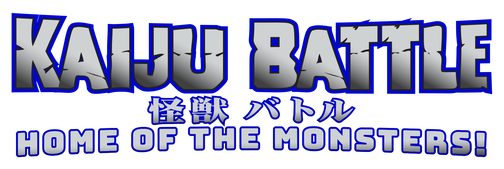
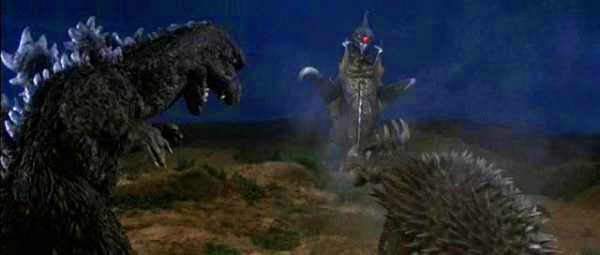
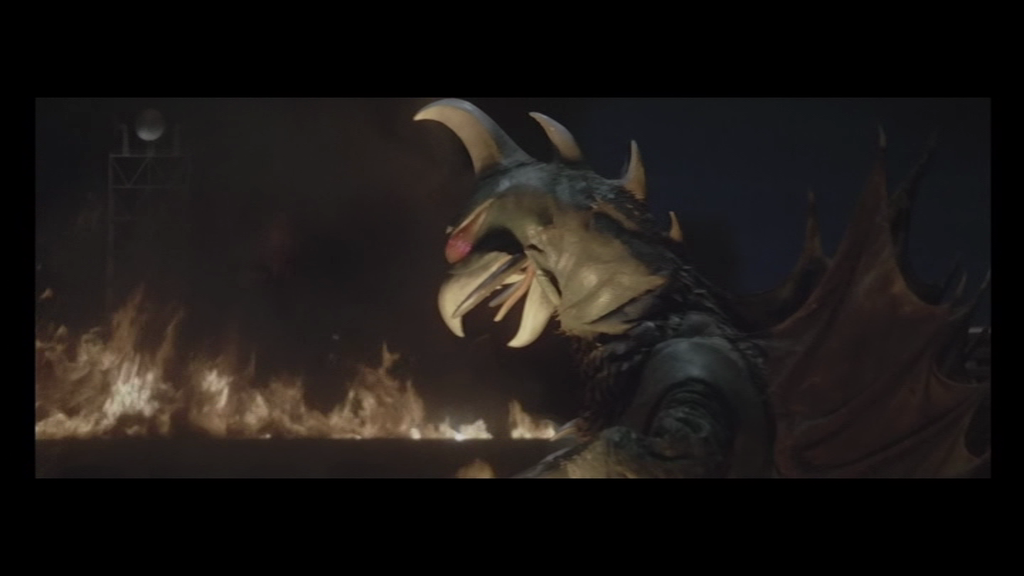
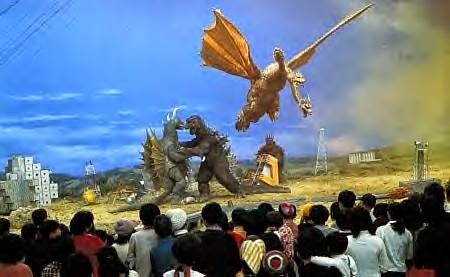
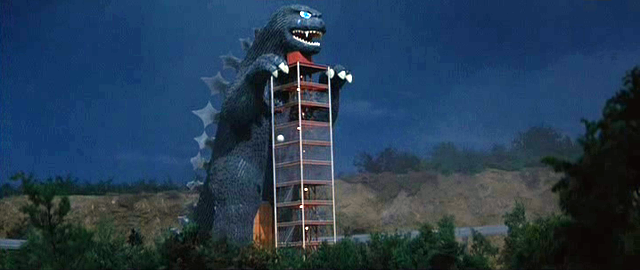
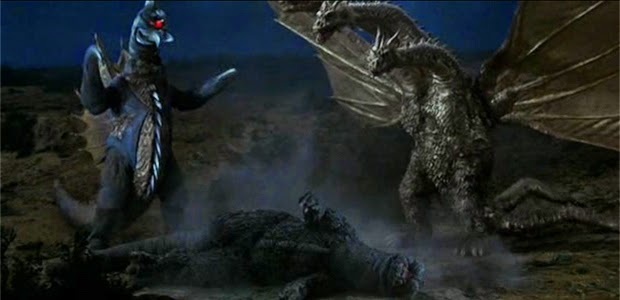
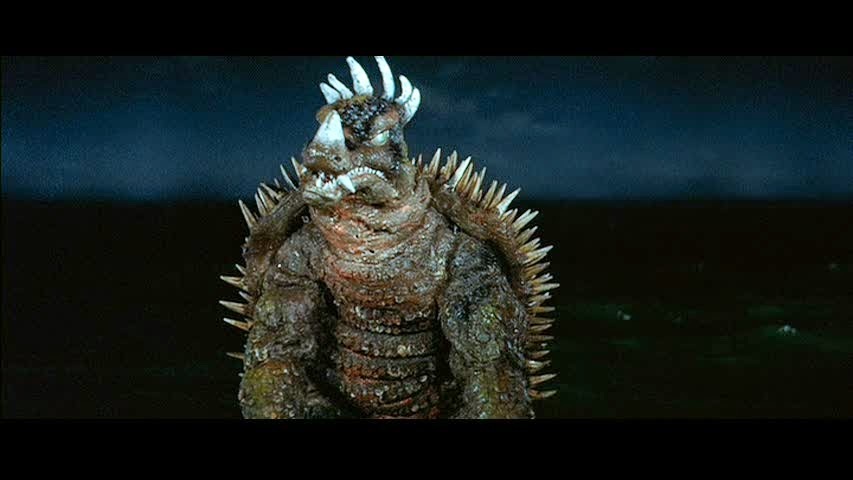
 RSS Feed
RSS Feed